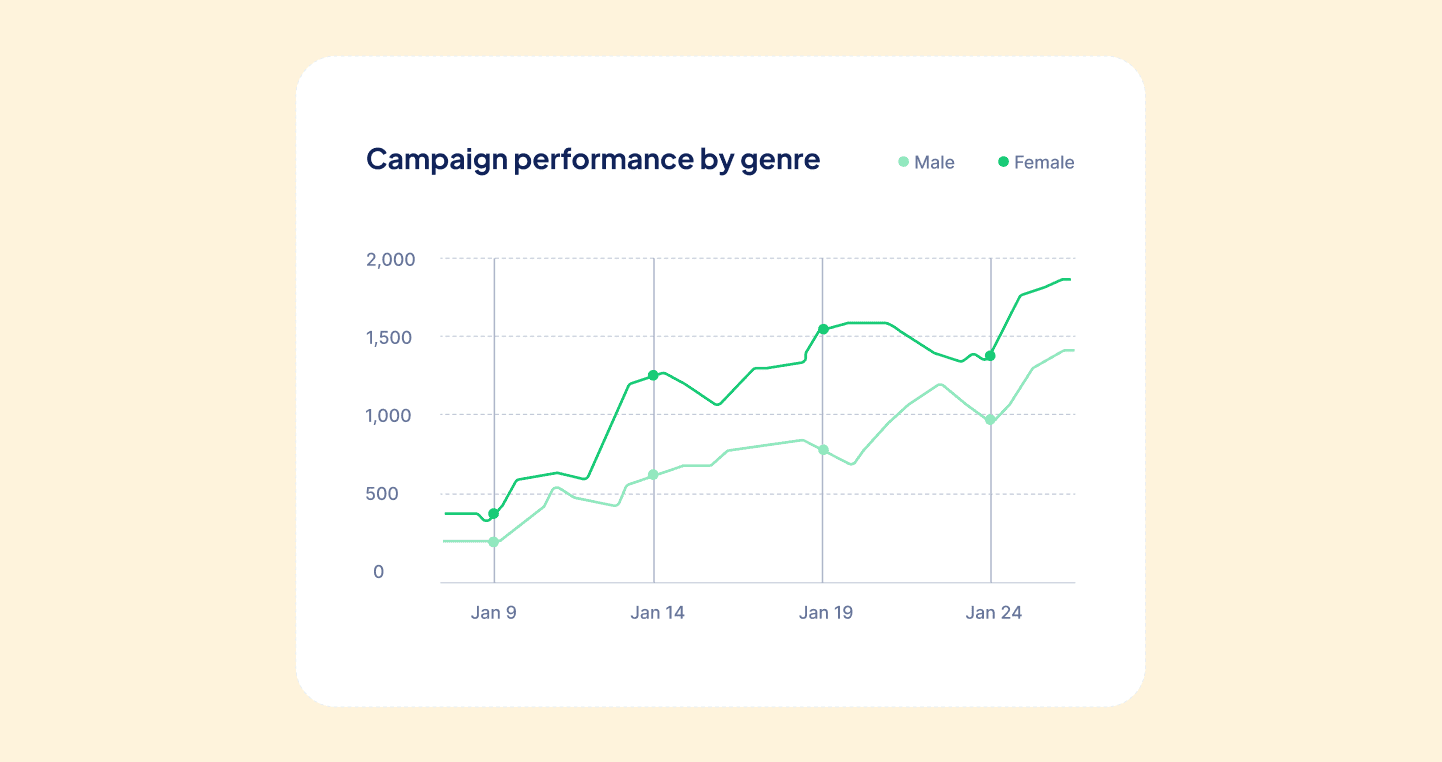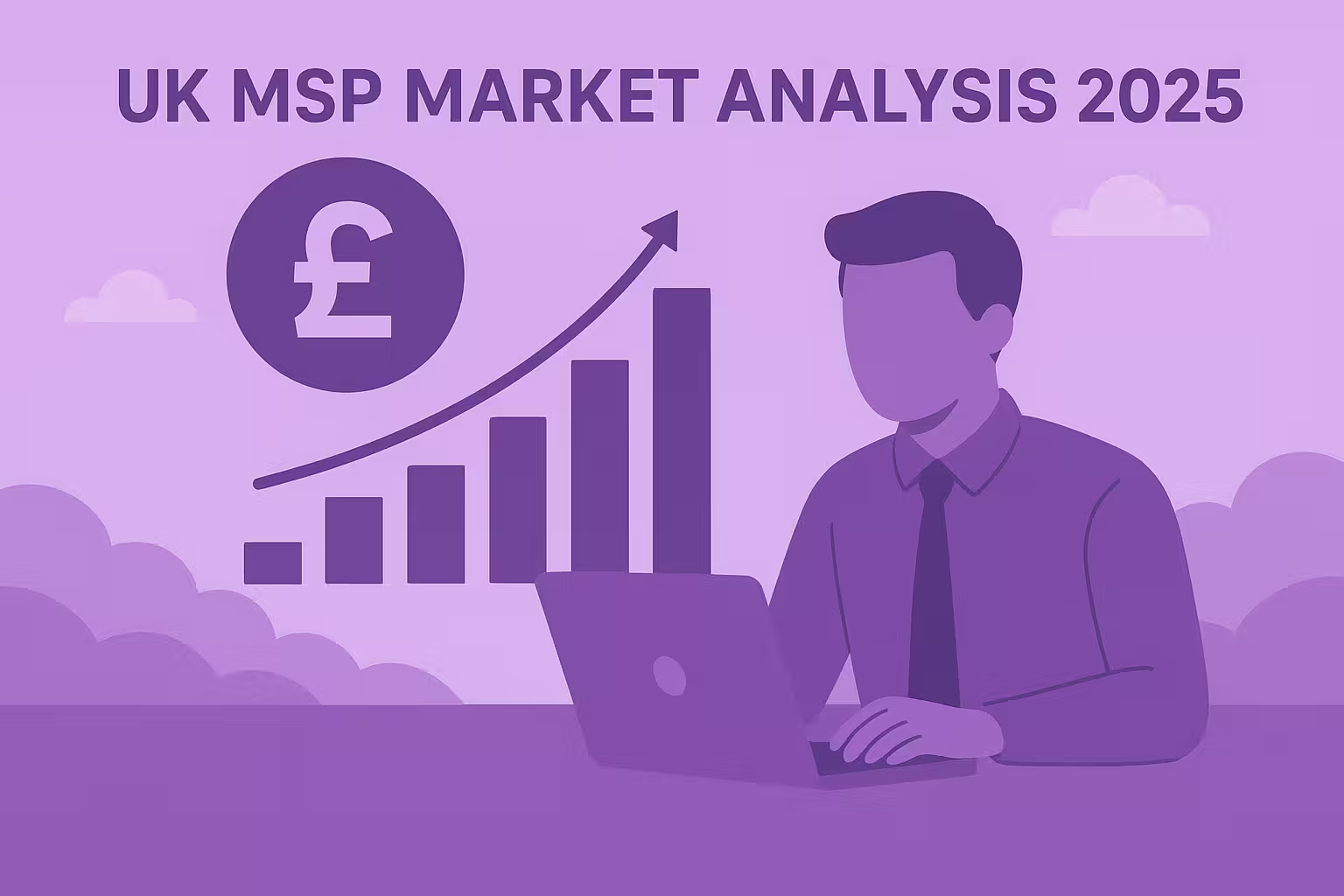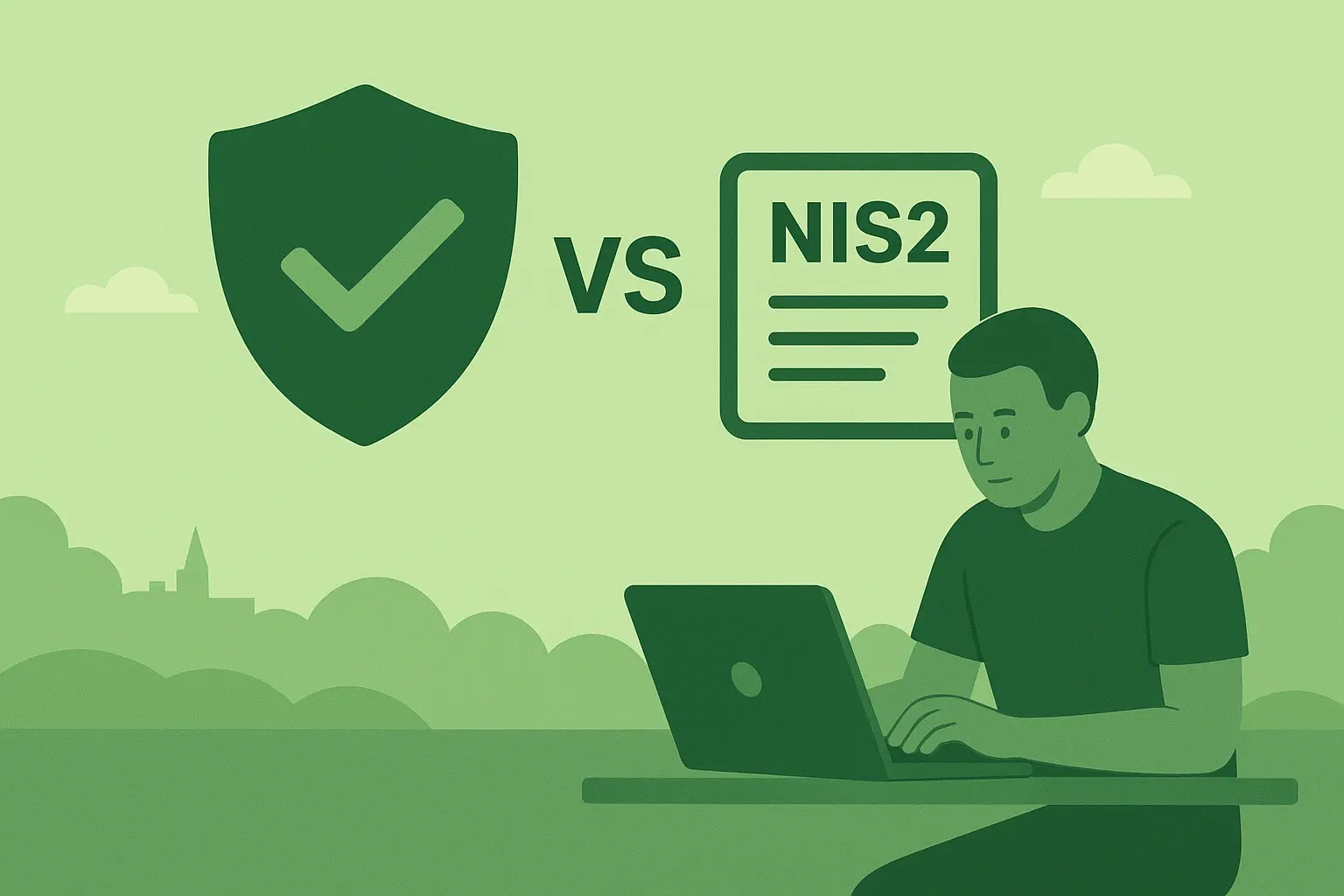GDPR Device Management Requirements: UK MSP Implementation Guide 2025
Essential GDPR device management requirements for UK MSPs with proven implementation strategies and cost-benefit analysis.

GDPR Device Management Requirements: UK MSP Implementation Guide 2025
Published: September 2025 | Last Updated: September 2025
The General Data Protection Regulation (GDPR) fundamentally transformed how UK organisations must handle personal data, with device management representing one of the most complex compliance challenges for Managed Service Providers (MSPs). Following Brexit, the UK's implementation of UK GDPR maintains identical technical requirements whilst adding specific obligations for cross-border data transfers. This comprehensive guide examines the critical device management requirements that UK MSPs must implement to ensure GDPR compliance in 2025.
Key Takeaway: MSPs managing devices across multiple client environments face potential fines of up to £17.5 million or 4% of annual turnover for GDPR violations, making robust device management protocols essential for business survival.
Understanding GDPR Article 32: Technical and Organisational Measures
GDPR Article 32 establishes the foundation for device management compliance, requiring "appropriate technical and organisational measures to ensure a level of security appropriate to the risk." For UK MSPs, this translates into specific device-level implementations that protect personal data throughout its lifecycle.
Core Technical Requirements for Device Management
Encryption Requirements (Article 32(1)(a))
The ICO's guidance on encryption specifies that devices processing personal data must implement "state-of-the-art" encryption methods. For 2025, this means:
- AES-256 encryption for device storage
- TLS 1.3 minimum for data transmission
- Full disk encryption on all endpoints containing personal data
- Encrypted backup systems with separate key management
Access Control Implementation (Article 32(1)(b))
Device access controls must ensure that only authorised personnel can access personal data:
- Multi-factor authentication (MFA) for all device access
- Role-based access controls aligned with data minimisation principles
- Privileged access management for administrative functions
- Regular access reviews and automated deprovisioning
System Integrity Monitoring (Article 32(1)(c))
Ongoing monitoring capabilities are mandatory for GDPR compliance:
- Endpoint detection and response (EDR) systems
- Configuration management to prevent unauthorised changes
- Patch management with documented security update procedures
- Vulnerability scanning and remediation tracking
Data Processing Inventory Requirements
UK MSPs must maintain comprehensive documentation of all personal data processing activities across managed devices. This includes:
Device-Specific Documentation
- Complete inventory of all devices processing personal data
- Data flow mapping showing how personal data moves between devices
- Processing purpose documentation for each device category
- Legal basis justification for personal data processing on each device type
The ICO's 2024 enforcement actions show particular focus on MSPs lacking comprehensive device inventories, with average fines of £2.3 million for documentation failures.
Sector-Specific GDPR Implementation: UK MSP Case Studies
Financial Services Implementation: Edinburgh Investment Firm
Client Profile: 450-employee investment management firm with £12 billion assets under management
GDPR Challenge: FCA-regulated entity requiring enhanced data protection for client financial information across 650 managed devices.
Implementation Strategy:
- Device Classification System: Implemented three-tier classification (Public, Confidential, Restricted) for all endpoints
- Encryption Implementation: Full BitLocker deployment with TPM 2.0 requirements, costing £85,000 across all devices
- Access Controls: Zero-trust architecture with conditional access policies, requiring £120,000 investment in identity management
- Monitoring Infrastructure: 24/7 SOC with GDPR-specific alerting for data access anomalies, annual cost £180,000
Compliance Outcome: Successfully passed FCA GDPR audit with zero findings. Avoided potential £50 million fine for data protection violations.
Cost-Benefit Analysis: £385,000 total implementation cost versus potential regulatory fines and reputational damage worth £50+ million.
Healthcare Sector Implementation: Manchester NHS Trust
Client Profile: 12,000-employee NHS Trust managing patient data across 8,500 devices
GDPR Challenge: Processing special category health data with additional ICO scrutiny and Care Quality Commission oversight.
Implementation Strategy:
- Data Minimisation Controls: Automated systems preventing non-essential patient data storage on endpoints
- Pseudonymisation Implementation: Device-level data masking for non-clinical staff access, development cost £250,000
- Audit Trail Systems: Comprehensive logging of all patient data access across managed devices, infrastructure cost £300,000
- Incident Response Integration: GDPR breach notification workflows integrated with device management systems
Compliance Outcome: Reduced data protection incidents by 85% compared to previous manual systems. Met all ICO healthcare data protection guidelines.
ROI Achievement: Prevented 12 potential GDPR breach notifications, saving estimated £180,000 in ICO investigation costs and £2.4 million in potential fines.
Legal Sector Implementation: London Corporate Law Firm
Client Profile: 280-employee corporate law firm with international client base
GDPR Challenge: Managing privileged legal communications and client confidential information across hybrid work environment.
Implementation Strategy:
- Container-Based Isolation: Separate encrypted containers for different client matters on shared devices, implementation cost £150,000
- Geographic Data Controls: Automated prevention of client data access from non-UK locations, development cost £75,000
- Document Lifecycle Management: Automated retention and deletion policies aligned with GDPR storage limitation principles
- Cross-Border Transfer Controls: Technical measures preventing inadvertent data transfers to non-adequate countries
Compliance Outcome: Maintained legal professional privilege whilst achieving GDPR compliance. Zero client data security incidents in 18 months post-implementation.
Business Impact: Secured £25 million new international client contracts by demonstrating robust data protection capabilities.
Technical Implementation Framework for UK MSPs
Phase 1: Risk Assessment and Data Mapping (Weeks 1-4)
Data Protection Impact Assessment (DPIA) Requirements
Under GDPR Article 35, MSPs must conduct DPIAs for high-risk processing activities. For device management, this includes:
- Systematic Description of Processing Operations
- Detailed inventory of all client devices under management
- Data flow analysis showing personal data movement between devices
- Processing purpose documentation for each device category
- Stakeholder identification for each processing activity
- Necessity and Proportionality Assessment
- Legitimate interest balancing tests for device monitoring activities
- Data minimisation analysis for device-stored personal data
- Storage limitation justification for device backup retention
- Accuracy maintenance procedures for personal data on devices
- Risk Identification and Mitigation
- Threat modelling for device-specific vulnerabilities
- Impact assessment for potential personal data breaches
- Residual risk evaluation after implementing technical measures
- Ongoing monitoring procedures for emerging risks
Phase 2: Technical Controls Implementation (Weeks 5-12)
Encryption Implementation Strategy
Modern GDPR compliance requires encryption that renders personal data "unintelligible to any person who is not authorised to access it" (Recital 83).
Device-Level Encryption Requirements:
- Full Disk Encryption: BitLocker with 256-bit AES for Windows devices, FileVault for macOS
- Database Encryption: Transparent Data Encryption (TDE) for local databases
- File-Level Encryption: Individual file encryption for sensitive documents
- Communication Encryption: End-to-end encryption for all data transmission
Phase 3: Monitoring and Compliance Automation (Weeks 13-16)
Automated Compliance Monitoring
GDPR compliance requires continuous monitoring rather than point-in-time assessments:
Key Monitoring Components:
- Data Loss Prevention (DLP): Automated detection of unauthorised personal data access or transmission
- User and Entity Behaviour Analytics (UEBA): Machine learning-based anomaly detection
- Security Information and Event Management (SIEM): Centralised logging and correlation
- Compliance Dashboards: Real-time visibility into GDPR compliance status
Data Subject Rights Implementation for Device Management
Right of Access (Article 15)
UK MSPs must enable data controllers to fulfil subject access requests within one month. For device management, this requires:
Technical Implementation Requirements:
- Data Discovery Tools: Automated identification of personal data across all managed devices
- Data Extraction Capabilities: Ability to retrieve and format personal data for disclosure
- Identity Verification: Secure processes to verify data subject identity before disclosure
- Response Time Tracking: Systems to monitor and ensure compliance with response deadlines
Right to Rectification (Article 16)
Personal data accuracy maintenance across distributed device environments requires systematic approaches:
Implementation Framework:
- Data Synchronisation: Ensuring corrections propagate across all device copies
- Backup Update Procedures: Updating historical backup copies where technically feasible
- Third-Party Integration: Correcting data in integrated systems and applications
- Verification Processes: Confirming correction accuracy and completeness
Right to Erasure ("Right to be Forgotten") (Article 17)
Secure deletion across device environments presents significant technical challenges:
Technical Deletion Requirements:
- Cryptographic Erasure: Destroying encryption keys to render data inaccessible
- Overwriting Procedures: Multiple-pass overwriting for magnetic storage devices
- SSD Secure Erase: Proper sanitisation procedures for solid-state storage
- Cloud Storage Deletion: Coordinating deletion across cloud backup locations
Cost-Benefit Analysis: GDPR Compliance Investment
Implementation Cost Breakdown
Initial Implementation Costs (Per 1,000 Managed Devices):
- Encryption Infrastructure: £125,000-£200,000
- Access Control Systems: £150,000-£250,000
- Monitoring and Logging: £100,000-£175,000
- Staff Training and Certification: £50,000-£75,000
- Legal and Compliance Consultation: £75,000-£125,000
- Total Initial Investment: £500,000-£825,000
Ongoing Annual Costs:
- Technology Licensing: £180,000-£300,000
- Compliance Monitoring: £120,000-£200,000
- Staff Training Updates: £25,000-£40,000
- Third-Party Audits: £50,000-£100,000
- Total Annual Costs: £375,000-£640,000
Risk Mitigation Value
Potential Fine Avoidance:
- Maximum GDPR Fine: £17.5 million or 4% annual turnover
- Average ICO Fine (2024): £2.8 million for significant breaches
- Compliance Investment ROI: Break-even after preventing single major incident
Actionable Implementation Roadmap
Week 1-2: Foundation Assessment
- ☐ Conduct comprehensive GDPR compliance audit of current device management practices
- ☐ Document all personal data processing activities across managed device estate
- ☐ Identify gaps between current implementation and GDPR requirements
- ☐ Develop priority ranking for compliance improvements based on risk assessment
Week 3-4: Policy and Procedure Development
- ☐ Create GDPR-compliant device management policies and procedures
- ☐ Establish data subject rights fulfilment workflows for device-stored data
- ☐ Develop incident response procedures specific to device-related data breaches
- ☐ Implement staff training programmes on GDPR device management requirements
Week 5-8: Technical Infrastructure Implementation
- ☐ Deploy enterprise-grade encryption across all managed devices
- ☐ Implement centralised identity and access management systems
- ☐ Establish comprehensive audit logging and monitoring capabilities
- ☐ Configure automated compliance monitoring and alerting systems
Week 9-12: Process Integration and Testing
- ☐ Integrate GDPR requirements into existing device lifecycle management processes
- ☐ Conduct tabletop exercises for data breach response procedures
- ☐ Test data subject rights fulfilment processes across device estate
- ☐ Validate technical controls through independent security assessments
Week 13-16: Compliance Validation and Optimisation
- ☐ Engage third-party auditors to validate GDPR compliance implementation
- ☐ Conduct client communications regarding enhanced data protection measures
- ☐ Optimise processes based on initial operational experience
- ☐ Establish ongoing compliance monitoring and improvement procedures
Conclusion: Strategic GDPR Compliance for UK MSPs
GDPR device management compliance represents both a significant challenge and competitive opportunity for UK MSPs in 2025. The technical and organisational measures required are substantial, with implementation costs ranging from £500,000 to £825,000 for initial deployment across 1,000 devices. However, the risk mitigation value far exceeds these costs, with average GDPR fines of £2.8 million making compliance a critical business protection measure.
Successful implementation requires a systematic approach combining technical controls, procedural frameworks, and ongoing monitoring capabilities. The sector-specific case studies demonstrate that tailored approaches deliver superior outcomes, with financial services, healthcare, and legal implementations each requiring specific technical adaptations.
For UK MSPs, GDPR compliance excellence provides a compelling competitive differentiator in an increasingly crowded market. Clients prioritise data protection capabilities when selecting MSP partners, with GDPR compliance serving as a fundamental trust indicator. MSPs achieving comprehensive compliance typically experience 15-25% higher win rates in competitive situations and can command 10-15% premium pricing for their enhanced security capabilities.
Final Recommendation: UK MSPs should view GDPR device management compliance as a strategic investment rather than regulatory overhead. The combination of risk mitigation, competitive advantage, and operational excellence delivered by comprehensive compliance implementation creates sustainable business value extending far beyond regulatory requirement fulfilment.
This guide represents current GDPR requirements as of September 2025. MSPs should consult with qualified data protection legal counsel for specific compliance implementation guidance tailored to their unique operational circumstances.
About Airlocker: Airlocker provides comprehensive device lifecycle management solutions designed specifically for UK MSPs requiring GDPR compliance excellence. Our platform integrates advanced security controls, automated compliance monitoring, and comprehensive audit capabilities to ensure your device management operations meet the highest data protection standards.
Emphasize your product's unique features or benefits to differentiate it from competitors
In nec dictum adipiscing pharetra enim etiam scelerisque dolor purus ipsum egestas cursus vulputate arcu egestas ut eu sed mollis consectetur mattis pharetra curabitur et maecenas in mattis fames consectetur ipsum quis risus mauris aliquam ornare nisl purus at ipsum nulla accumsan consectetur vestibulum suspendisse aliquam condimentum scelerisque lacinia pellentesque vestibulum condimentum turpis ligula pharetra dictum sapien facilisis sapien at sagittis et cursus congue.
- Pharetra curabitur et maecenas in mattis fames consectetur ipsum quis risus.
- Justo urna nisi auctor consequat consectetur dolor lectus blandit.
- Eget egestas volutpat lacinia vestibulum vitae mattis hendrerit.
- Ornare elit odio tellus orci bibendum dictum id sem congue enim amet diam.
Incorporate statistics or specific numbers to highlight the effectiveness or popularity of your offering
Convallis pellentesque ullamcorper sapien sed tristique fermentum proin amet quam tincidunt feugiat vitae neque quisque odio ut pellentesque ac mauris eget lectus. Pretium arcu turpis lacus sapien sit at eu sapien duis magna nunc nibh nam non ut nibh ultrices ultrices elementum egestas enim nisl sed cursus pellentesque sit dignissim enim euismod sit et convallis sed pelis viverra quam at nisl sit pharetra enim nisl nec vestibulum posuere in volutpat sed blandit neque risus.

Use time-sensitive language to encourage immediate action, such as "Limited Time Offer
Feugiat vitae neque quisque odio ut pellentesque ac mauris eget lectus. Pretium arcu turpis lacus sapien sit at eu sapien duis magna nunc nibh nam non ut nibh ultrices ultrices elementum egestas enim nisl sed cursus pellentesque sit dignissim enim euismod sit et convallis sed pelis viverra quam at nisl sit pharetra enim nisl nec vestibulum posuere in volutpat sed blandit neque risus.
- Pharetra curabitur et maecenas in mattis fames consectetur ipsum quis risus.
- Justo urna nisi auctor consequat consectetur dolor lectus blandit.
- Eget egestas volutpat lacinia vestibulum vitae mattis hendrerit.
- Ornare elit odio tellus orci bibendum dictum id sem congue enim amet diam.
Address customer pain points directly by showing how your product solves their problems
Feugiat vitae neque quisque odio ut pellentesque ac mauris eget lectus. Pretium arcu turpis lacus sapien sit at eu sapien duis magna nunc nibh nam non ut nibh ultrices ultrices elementum egestas enim nisl sed cursus pellentesque sit dignissim enim euismod sit et convallis sed pelis viverra quam at nisl sit pharetra enim nisl nec vestibulum posuere in volutpat sed blandit neque risus.
Vel etiam vel amet aenean eget in habitasse nunc duis tellus sem turpis risus aliquam ac volutpat tellus eu faucibus ullamcorper.
Tailor titles to your ideal customer segment using phrases like "Designed for Busy Professionals
Sed pretium id nibh id sit felis vitae volutpat volutpat adipiscing at sodales neque lectus mi phasellus commodo at elit suspendisse ornare faucibus lectus purus viverra in nec aliquet commodo et sed sed nisi tempor mi pellentesque arcu viverra pretium duis enim vulputate dignissim etiam ultrices vitae neque urna proin nibh diam turpis augue lacus.


